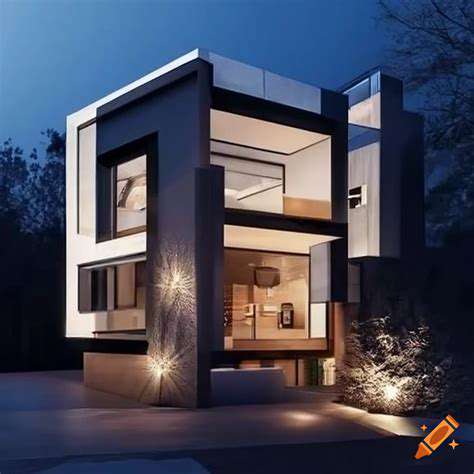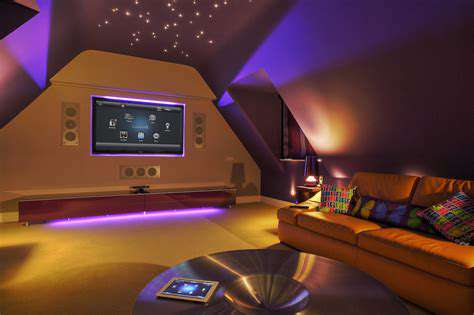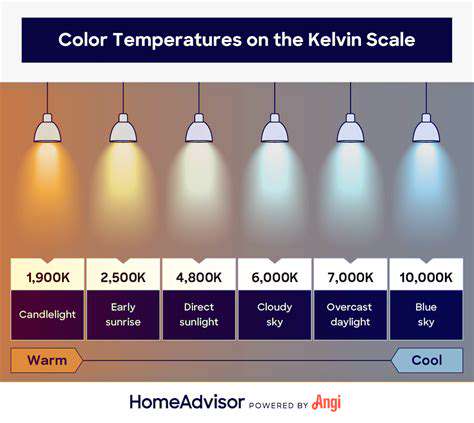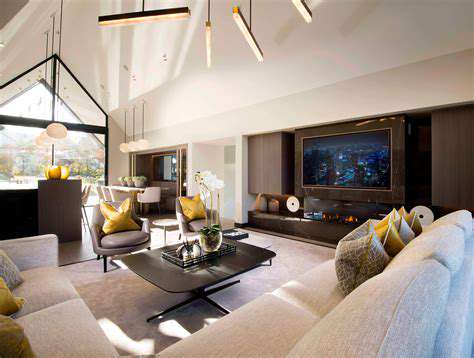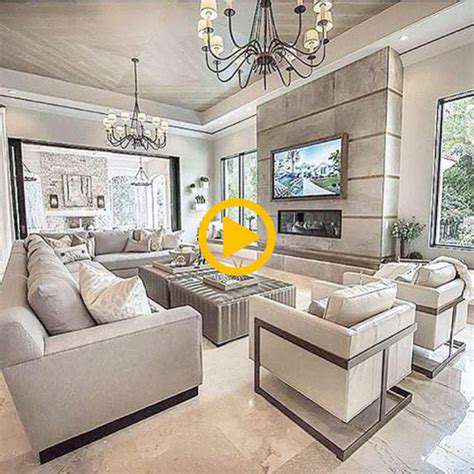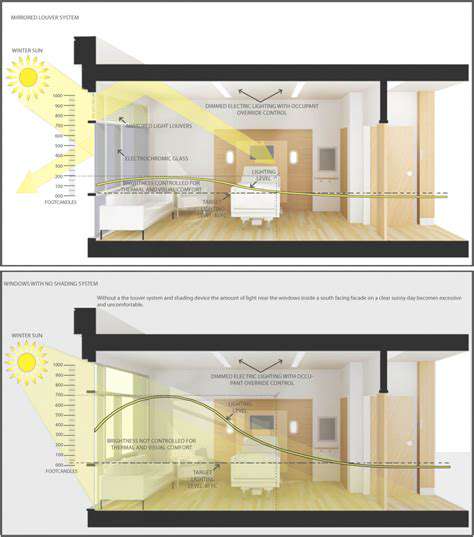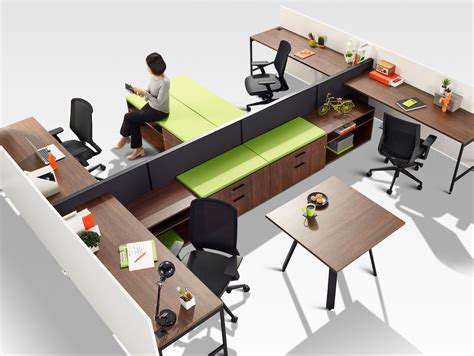Modern Living Room Layout Tips for Optimal Sofa Arrangement
Table of contents
- Grab your tape measure first - know your space inside out before furniture shopping.
- Find that wow factor - arrange seating around eye-catching features that spark conversation.
- Keep pathways clear - smart spacing makes your room feel bigger and safer.
- Mix textures like a pro - layer rugs and throws for that lived-in charm.
- Create visual anchors - balance bold statement pieces with functional furniture.
- Sofa secrets - pick shapes that hug your walls or create cozy conversation nooks.
- Fabric matters - choose materials that can handle life's messy moments.
- Seating hacks - ottomans that store blankets, benches that double as tables.
- Decor magic - three's the charm for styling shelves and tabletops.
- Color alchemy - blend neutrals with pops of personality through accessories.
- Personal touches - display treasures that tell your unique story.
Assessing Your Space
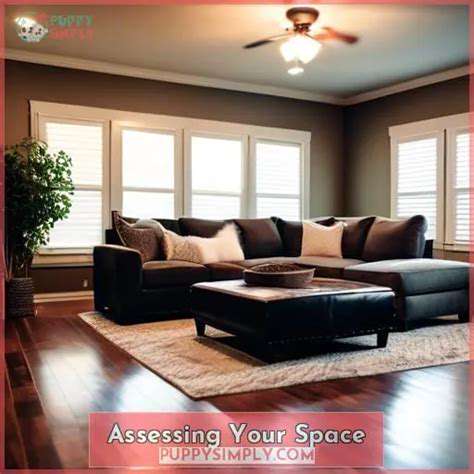
Living Room Reality Check
- Whip out that measuring tape - no eyeballing allowed
- Sketch multiple layout options like a football coach planning plays
- Do the walk test - can you move freely without stubbing toes?
Here's the truth bomb: most furniture fails happen because people skip the measuring step. I learned this the hard way when my perfect sectional got stuck in the hallway. Pro tip: measure doorways and staircases too - delivery day surprises are the worst.
Ceiling height dramatically changes the game. Those 10-foot ceilings? Perfect for dramatic floor lamps and tall bookcases. But if you're working with standard 8-foot ceilings? Go for low-profile furniture that won't make the room feel squat. Remember: vertical space is prime real estate for floating shelves.
Finding Your Room's Star Player
Every great room needs a headliner. Is it your grandmother's vintage piano? That massive picture window with city views? Arrange your main seating to face this showstopper - it automatically creates a natural gathering spot. My neighbor turned her collection of retro lunchboxes into a wall display that's now everyone's favorite conversation starter.
Pro tip: If your room lacks obvious architecture, create a focal point with removable wallpaper or a gallery wall. These temporary solutions let you refresh the look without commitment issues.
Traffic Flow Hacks
Here's where most people mess up: they forget that furniture arrangements need to work in real life. Leave 30-inch walkways minimum - that's enough space for two people to pass without turning sideways. Create conversation highways that let people move between seating areas naturally.
Watch how people actually use the space. Does everyone end up crowding near the kitchen during parties? Maybe your sofa's blocking the natural gathering spot. Sometimes the best layouts emerge from observing daily habits.
Texture Layering Tricks
Want that designer look? Combine at least three textures in each zone. Try a nubby wool rug under a sleek leather sofa topped with velvet pillows. Lighting is your secret weapon - I use dimmable floor lamps to create different moods throughout the day. Morning coffee? Bright overheads. Movie night? Just the amber glow of table lamps.
Accessorizing tip: Group decor in odd numbers and vary heights. Three candle holders (short, medium, tall) on a tray create more visual interest than matching sets. Rotate seasonal items - my seashell collection comes out in summer, replaced by woven baskets in fall.
Establishing a Focal Point

The Magnet Effect
Your focal point should act like a room magnet - pulling people in and keeping them engaged. Unexpected focal points work best. I once used a neon sign as the main attraction in a bland rental - suddenly the whole room made sense. Even functional elements like a well-styled bar cart can steal the show.
Balance is key. If you've got a massive stone fireplace, balance it with substantial furniture. Delicate pieces will look lost. Conversely, a collection of small art pieces needs breathing room - don't crowd them with bulky furniture.
Focal Point Alternatives
- Statement lighting - a sculptural chandelier demands attention
- Textured accent wall - try shiplap or 3D panels
- Functional beauty - turn a bookcase into curated display
Seasonal focal points keep things fresh. My friend swaps out her mantel display monthly - January's snowy landscape painting becomes February's vintage Valentine collection. It's like getting a new room without the hassle.
Furniture Choreography
Arrange seating in conversation clusters rather than straight lines. Try angling two armchairs toward the sofa for better flow. Keep 8-10 feet between seating and focal points - any farther and people feel disconnected, closer and it becomes overwhelming.
Unexpected layout idea: Float your sofa in the room's center with a console table behind it. This creates separate zones while maintaining an open feel. Bonus: the console becomes a perfect spot for lamps and decor.
Lighting as Jewelry
Think of lights as accessories that highlight your focal point. Picture lights above art, LED strip lighting under shelves, or directional spotlights can all elevate your main attraction. I use smart bulbs to adjust color temperature - warm for cozy nights, cool for daytime tasks.
Pro tip: Layer lighting types. Combine ambient (overhead), task (reading lamps), and accent (spotlights) lighting. This triad creates depth and makes any focal point pop.
Choosing the Right Sofa Configuration
Space-Smart Solutions
Sectional vs. sofa - the eternal debate. Here's my rule: sectionals for movie marathons and big families, sofas + chairs for formal spaces. Measure twice, buy once: Use painter's tape to map out sofa dimensions on your floor. Live with the outline for a few days - you'll quickly spot traffic flow issues.
Small space hack: Apartment-sized sofas (under 72) with slender arms maximize square footage. Pair with armless chairs that tuck neatly underneath console tables when not in use.
Fabric Survival Guide
With two kids and a dog, I've become a fabric detective. Crypton fabrics repel stains like magic, while performance velvets hide crumbs. Skip light-colored linens unless you enjoy constant cleaning. My current favorite: patterned upholstery that disguises life's little accidents.
Test fabrics in real life. Order swatches and assault them with coffee, lipstick, and crayons. The true test? How it handles a magic eraser after kid art sessions.
Color Psychology Play
Your sofa color sets the room's mood. Cool grays create calm, warm taupes feel cozy, navy adds sophistication. Bold color tip: Choose a shade from your rug or artwork for cohesion. My navy sofa echoes the deepest tones in my abstract rug, tying the look together.
Pattern mixing 101: Pair a solid sofa with patterned chairs, or vice versa. Just keep the color palette consistent. Striped pillows on a floral chair? Yes, if they share common colors.
Smart Budget Moves
Invest in a quality sofa frame, then save on trendy accessories. Look for hardwood frames with eight-way hand-tied springs - they'll outlast cheap particleboard alternatives. Secret savings: Floor models often have 30% discounts. My $3,000 sofa cost $1,800 because it was the showroom sample.
DIY upgrades: Swap out boring legs for hairpin or midcentury styles. Add nailhead trim or sew new cushion covers. These custom touches make budget finds look high-end.
Incorporating Additional Seating
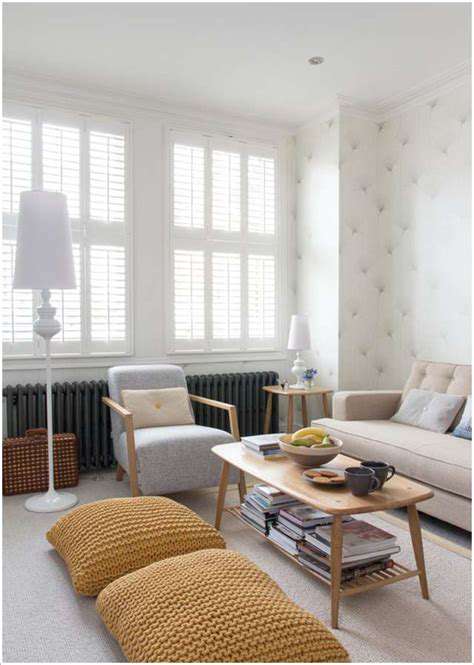
Seating That Multi-Tasks
Storage ottomans are my secret weapon - they store blankets, serve as coffee tables, and provide extra seats. Look for styles with removable tops and washable covers. I scored vintage leather trunks that triple as seating and toy storage.
Bench magic: A console table bench in the entryway pulls double duty. During parties, it becomes overflow seating. Pro tip: Add casters for easy moving.
Unexpected Seating Ideas
- Window seat with lift-up storage
- Poufs that stack when not in use
- Vintage step ladders as plant stands/seating
Mix seating heights for visual interest. Low-slung chairs create casual vibes, while counter-height stools make kitchen peninsulas party-ready. My favorite combo: A plush armchair paired with sleek metal stools.
Seating Zones That Work
Create distinct areas without walls. Use area rugs to define a reading nook with armchair and floor lamp. Position a game table with four chairs near the window. These micro-zones make large rooms feel intimate.
Kid-friendly hack: Machine-washable bean bags in play areas. They mold to little bodies and survive juice spills. Bonus: Adults love them for movie nights too.
Balancing Your Layout with Accessories
The Art of Visual Weight
Accessories are like spices - too few and it's bland, too many and it's overwhelming. Use heavy items (large vases, chunky lamps) to anchor corners, lighter pieces (glass bowls, small frames) for subtle accents. My trick: every new accessory must replace an existing one. No exceptions.
Display rotation: Store seasonal accessories in labeled bins. Every three months, I swap out 30% of my decor. It feels fresh without constant shopping.
Personal Gallery Walls
Skip generic art - create a memory wall instead. Mix family photos, kids' artwork, and travel souvenirs. Use matching frames for cohesion. My gallery wall includes a pressed flower from our wedding, framed concert tickets, and a handwritten recipe from grandma.
Hanging hack: Cut paper templates to plan layouts without nail holes. Use command strips for easy adjustments. I rearrange mine whenever I need a creativity boost.
Sensory Decorating
Great rooms engage all senses. Add a velvet throw (touch), essential oil diffuser (smell), wind chimes (sound). My coffee table tray always has a textured bowl for keys, scented candle, and a smooth stone worry stone. It's functional decor that soothes the senses.
Edible accents: A bowl of lemons adds color and freshness. Herbs in pretty pots bring life and aroma. Just remember to water them!
Read more about Modern Living Room Layout Tips for Optimal Sofa Arrangement
Hot Recommendations
- Design a Modern Bathroom That Maximizes Space and Minimizes Risks
- Creative Living Room Ideas for Seamless TV Wall Integration and Dynamic Lighting
- Planning a Living Room with Impactful TV Backgrounds and Seating Options
- Innovative Bedroom Concepts to Transform Your Sleep and Storage Experience
- Modern Study Solutions for a Dual Purpose Office and Reading Area
- Modern Bathroom Ideas Featuring Wet Dry Separation and Safety Enhancements
- Expert Advice for Creating a Study That Supports Both Work and Personal Development
- Practical Bathroom Ideas for Enhancing Safety in Compact Areas
- Modern Children's Room Inspirations Focused on Color and Growth
- Creative Ideas for a Children's Room That Combines Safety with Modern Style
